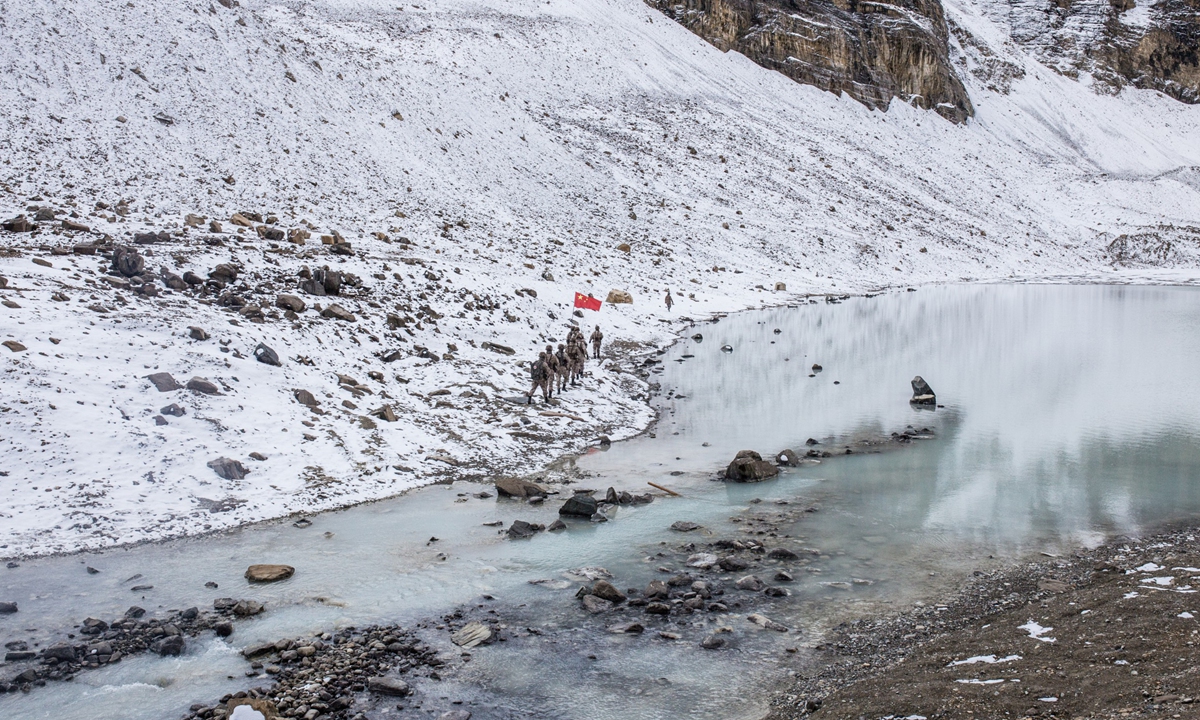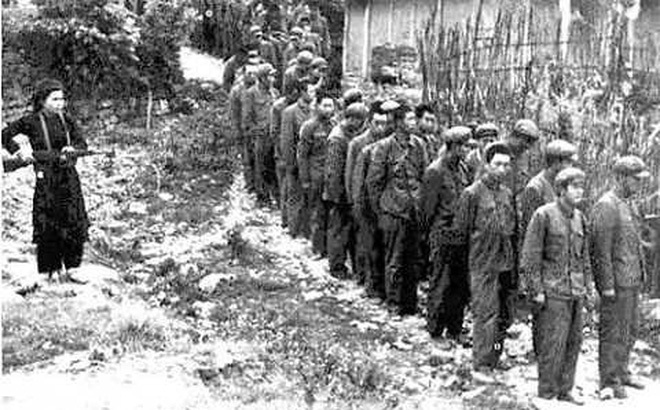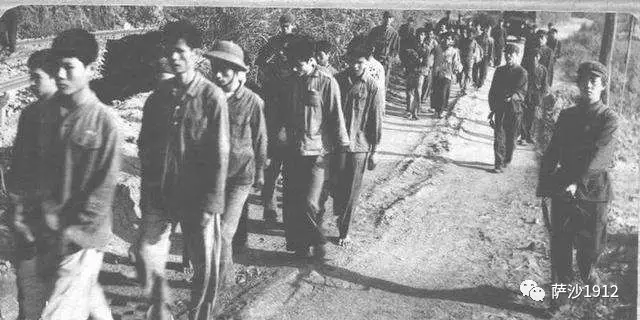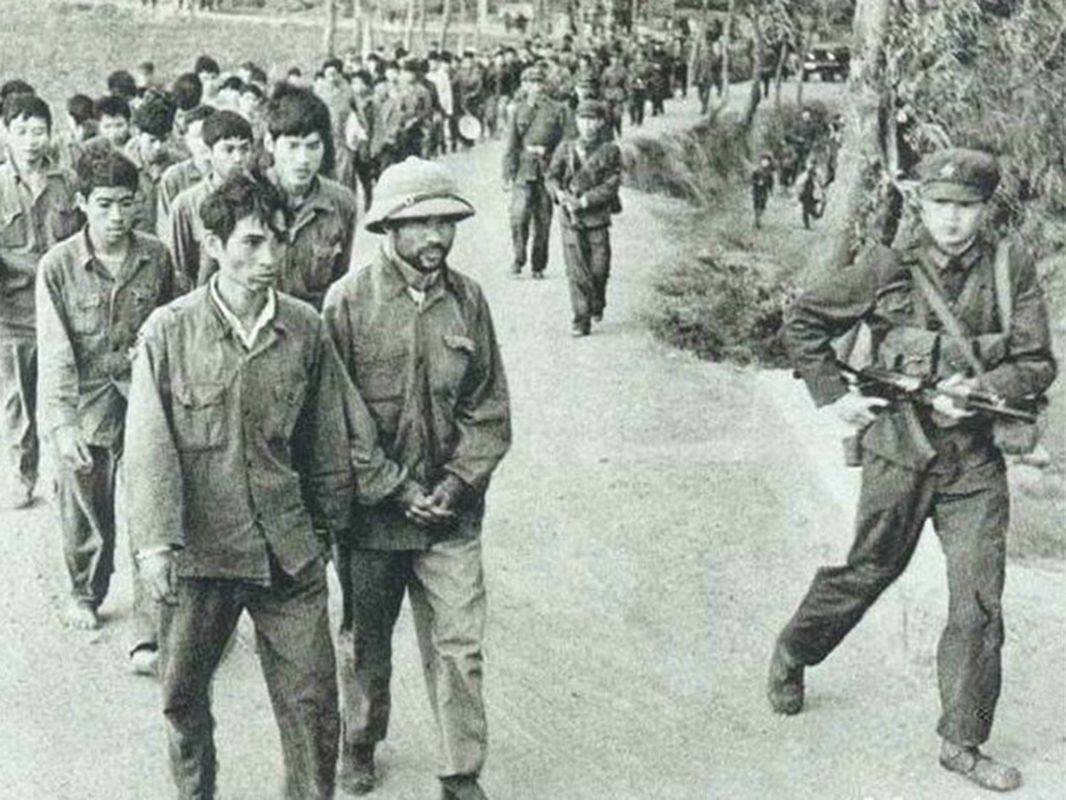PLA at China-India border has upgraded logistics to brave winter
Published: Nov 09, 2021 11:58 PM
Chinese frontline troops at the China-India border are getting prepared in logistics for the upcoming winter, with several new measures and facilities revealed for the first time to improve the living and working condition of officers and soldiers, which have further boosted their morale as well as the capability to patrol and execute tasks in the high-altitude region during harsh weather.
Observers noted that although large-scale clashes are unlikely to occur in winter, small frictions may happen from time to time. This means that logistics is a key factor for border troops to overcome the winter, and in this area China has big advantages over India.
Indian media reported recently that Indian troops are facing challenges in confronting the harsh winter, and the cost to maintain its deployment could be huge, as the government is urged to either build or improve facilities and infrastructure.
Experts said that some of India's seemingly grandiose moves ahead of winter are more of a bluff, considering inadequate supplies and logistics have long been a problem for their frontline troops.
The Global Times learned from several border troop commanders in Southwest China's Xizang Autonomous Region that even when mountain roads are cut off by snow and ice, the logistics service of the People's Liberation Army (PLA) ensures troops can carry out trainings and tasks at the border frontline.
New technologies and innovations have been put into practice for border defense. A border regiment commander said that modern detection devices allow Chinese soldiers to observe situations inside military posts. Frontline troops can also collect and manage information with modern command systems.
In order to solve the oxygen deficient problem, portable oxygenators, oxygen chambers and individual oxygen supply devices are in widespread use for frontline troops.
Barracks on the high-altitude plateau are operated and heated with multiple energy sources such as coal, electricity and solar power.
A border regiment commander told the Global Times on Monday that all outposts are connected to the State Grid and have communication base stations. Ropeways have been set up to transport supplies.
Before winter comes, the regiment took advantage of a "golden period" for infrastructure construction and has "fundamentally" solved the practical problems of living in such an extreme environment. They have even built greenhouses to plant fresh greens.
A new type of kitchen vehicle with high automation allows troops to enjoy hot food in a region as high as 4,500 meters above sea level with temperature lowering to minus 40 C. Each vehicle can serve a hundred people with four dishes, two staple foods and a soup.
Soldiers of another regiment garrisoned in a region at an altitude of 4,500 meters have been equipped with new winter clothing such as rechargeable vests, knee protectors and Xingkong (Starry sky)-camouflage coats.
"With this cold-proof clothing covering from head to toe, I stay warm when I'm on guard duty even on really cold nights," a border soldier told the Global Times on Monday. He was given a set of new winter clothing including lightweight boots and a down jacket.
"Compared with their Chinese counterparts, Indian troops are facing a hard time getting proper logistics support as they try to withstand another harsh winter and counter the presence of the well-equipped PLA," US-based media outlet Defense News reported on Monday, which said "India is working overtime to better support its troops" amid border disputes with China, but "rising operational costs remain a challenge."
The Indian Army has already deployed 50,000 troops, Defense News reported. This means about $750 million just in terms of winter supplies like rations, engineering and medical provisions, weapons, ammunition and equipment, clothing and climate-appropriate vehicles, without factoring in the additional transportation cost.
It is estimated that about 10 tons of supplies delivered by truck costs roughly $1,500, whereas a one-hour flight of a C-17 aircraft carrying 50 tons costs about $345,000.
Service officials said the Indian Army has spent about $100 million to establish several hundred camps with adequate electricity, water, heating and other facilities, according to the report.
Still, Indian officials admitted they must do more to beef up infrastructure by building additional huts, bunkers and storage facilities for ammunition, weapons and vehicles, Defense News said.
Chinese military experts pointed out that oxygen supply is crucial in high-altitude regions, as oxygen is key to support the troops' combat capabilities and even basic health.
However, India's inability to produce oxygen or get it from other means has been widely exposed during its fight against COVID-19.
Many Indian logistics support capabilities, including clothing, oxygen devices and food support, come from procurement from other countries like the US, and this means India's logistics support is not a comprehensive system and lags way behind that of China, Song Zhongping, a Chinese military expert and TV commentator, told the Global Times on Tuesday.
India has suffered many non-combat casualties in Kashmir in winter, and that is because of problems in their logistics support system, Song said, noting that logistics support is crucial in war.
Although India is trying to bolster its infrastructure along the China-India border, both their quality and quantity is inferior to China's, Song said.
The PLA revealed it conducted multiple drills on the western plateau in the past week. This comes after the Indian military launched a major exercise along the border with China at the start of the month.
Aims of distraction
India has toughened up its stance at the border by conspicuously announcing military activities, infrastructure development, and combat maneuvers amid a border standoff that is yet to be resolved, observers said.
India, a country with a relatively weak industrial foundation, finds it hard to produce adequate cold-resistant military logistical supplies such as windproof goggles, sleeping bags and tents, especially during the pandemic that blocked important import avenues, Qian Feng, director of the research department at the National Strategy Institute at Tsinghua University, told the Global Times.
A year-long stand-off with China forced India to accelerate its infrastructure plans. But India still lags far behind China in its efficiency and quality of infrastructure and manufacturing, which is reflected in India's plans to build 73 strategic roads and 125 bridges along the border which have not been completed for nearly a decade, said Qian.
Since 2015, the Indian government has spent 200 million rupees ($2.6 million) on a project to build over 40 integrated Border Outposts with "freeze-proof toilets, running water and temperature maintained at above 22 C at all times." But it was announced that the project failed in late September, Indian media reported.
Under the impact of the epidemic, the entire national finance and defense budget of India have been restricted, and financial strain is also a barrier in supply shortages, he added.
Qian believes the cold winter may cool down the confrontation as friction declines and peace talks progress, while the scale of exercises, training and patrols by both sides will be reduced in the cold weather. But it is still possible that India initiates further conflicts before the stand-off is fully resolved, Qian stressed.
Another observer warned not to underestimate India's ambition in launching further skirmishes along the border, though it cannot afford large-scale confrontations in the severe cold.
The Chinese military's capability in coping with conflicts in freezing conditions far exceeds India's in terms of the speed of mobilizing troops and resources, given that China already has several railway routes to the border, Hu Zhiyong, a research fellow at the Institute of International Relations of the Shanghai Academy of Social Sciences, told the Global Times.
Published: Nov 09, 2021 11:58 PM
Chinese frontline troops at the China-India border are getting prepared in logistics for the upcoming winter, with several new measures and facilities revealed for the first time to improve the living and working condition of officers and soldiers, which have further boosted their morale as well as the capability to patrol and execute tasks in the high-altitude region during harsh weather.
Observers noted that although large-scale clashes are unlikely to occur in winter, small frictions may happen from time to time. This means that logistics is a key factor for border troops to overcome the winter, and in this area China has big advantages over India.
Indian media reported recently that Indian troops are facing challenges in confronting the harsh winter, and the cost to maintain its deployment could be huge, as the government is urged to either build or improve facilities and infrastructure.
Experts said that some of India's seemingly grandiose moves ahead of winter are more of a bluff, considering inadequate supplies and logistics have long been a problem for their frontline troops.
The Global Times learned from several border troop commanders in Southwest China's Xizang Autonomous Region that even when mountain roads are cut off by snow and ice, the logistics service of the People's Liberation Army (PLA) ensures troops can carry out trainings and tasks at the border frontline.
New technologies and innovations have been put into practice for border defense. A border regiment commander said that modern detection devices allow Chinese soldiers to observe situations inside military posts. Frontline troops can also collect and manage information with modern command systems.
In order to solve the oxygen deficient problem, portable oxygenators, oxygen chambers and individual oxygen supply devices are in widespread use for frontline troops.
Barracks on the high-altitude plateau are operated and heated with multiple energy sources such as coal, electricity and solar power.
A border regiment commander told the Global Times on Monday that all outposts are connected to the State Grid and have communication base stations. Ropeways have been set up to transport supplies.
Before winter comes, the regiment took advantage of a "golden period" for infrastructure construction and has "fundamentally" solved the practical problems of living in such an extreme environment. They have even built greenhouses to plant fresh greens.
A new type of kitchen vehicle with high automation allows troops to enjoy hot food in a region as high as 4,500 meters above sea level with temperature lowering to minus 40 C. Each vehicle can serve a hundred people with four dishes, two staple foods and a soup.
Soldiers of another regiment garrisoned in a region at an altitude of 4,500 meters have been equipped with new winter clothing such as rechargeable vests, knee protectors and Xingkong (Starry sky)-camouflage coats.
"With this cold-proof clothing covering from head to toe, I stay warm when I'm on guard duty even on really cold nights," a border soldier told the Global Times on Monday. He was given a set of new winter clothing including lightweight boots and a down jacket.
"Compared with their Chinese counterparts, Indian troops are facing a hard time getting proper logistics support as they try to withstand another harsh winter and counter the presence of the well-equipped PLA," US-based media outlet Defense News reported on Monday, which said "India is working overtime to better support its troops" amid border disputes with China, but "rising operational costs remain a challenge."
The Indian Army has already deployed 50,000 troops, Defense News reported. This means about $750 million just in terms of winter supplies like rations, engineering and medical provisions, weapons, ammunition and equipment, clothing and climate-appropriate vehicles, without factoring in the additional transportation cost.
It is estimated that about 10 tons of supplies delivered by truck costs roughly $1,500, whereas a one-hour flight of a C-17 aircraft carrying 50 tons costs about $345,000.
Service officials said the Indian Army has spent about $100 million to establish several hundred camps with adequate electricity, water, heating and other facilities, according to the report.
Still, Indian officials admitted they must do more to beef up infrastructure by building additional huts, bunkers and storage facilities for ammunition, weapons and vehicles, Defense News said.
Chinese military experts pointed out that oxygen supply is crucial in high-altitude regions, as oxygen is key to support the troops' combat capabilities and even basic health.
However, India's inability to produce oxygen or get it from other means has been widely exposed during its fight against COVID-19.
Many Indian logistics support capabilities, including clothing, oxygen devices and food support, come from procurement from other countries like the US, and this means India's logistics support is not a comprehensive system and lags way behind that of China, Song Zhongping, a Chinese military expert and TV commentator, told the Global Times on Tuesday.
India has suffered many non-combat casualties in Kashmir in winter, and that is because of problems in their logistics support system, Song said, noting that logistics support is crucial in war.
Although India is trying to bolster its infrastructure along the China-India border, both their quality and quantity is inferior to China's, Song said.
The PLA revealed it conducted multiple drills on the western plateau in the past week. This comes after the Indian military launched a major exercise along the border with China at the start of the month.
Aims of distraction
India has toughened up its stance at the border by conspicuously announcing military activities, infrastructure development, and combat maneuvers amid a border standoff that is yet to be resolved, observers said.
India, a country with a relatively weak industrial foundation, finds it hard to produce adequate cold-resistant military logistical supplies such as windproof goggles, sleeping bags and tents, especially during the pandemic that blocked important import avenues, Qian Feng, director of the research department at the National Strategy Institute at Tsinghua University, told the Global Times.
A year-long stand-off with China forced India to accelerate its infrastructure plans. But India still lags far behind China in its efficiency and quality of infrastructure and manufacturing, which is reflected in India's plans to build 73 strategic roads and 125 bridges along the border which have not been completed for nearly a decade, said Qian.
Since 2015, the Indian government has spent 200 million rupees ($2.6 million) on a project to build over 40 integrated Border Outposts with "freeze-proof toilets, running water and temperature maintained at above 22 C at all times." But it was announced that the project failed in late September, Indian media reported.
Under the impact of the epidemic, the entire national finance and defense budget of India have been restricted, and financial strain is also a barrier in supply shortages, he added.
Qian believes the cold winter may cool down the confrontation as friction declines and peace talks progress, while the scale of exercises, training and patrols by both sides will be reduced in the cold weather. But it is still possible that India initiates further conflicts before the stand-off is fully resolved, Qian stressed.
Another observer warned not to underestimate India's ambition in launching further skirmishes along the border, though it cannot afford large-scale confrontations in the severe cold.
The Chinese military's capability in coping with conflicts in freezing conditions far exceeds India's in terms of the speed of mobilizing troops and resources, given that China already has several railway routes to the border, Hu Zhiyong, a research fellow at the Institute of International Relations of the Shanghai Academy of Social Sciences, told the Global Times.








